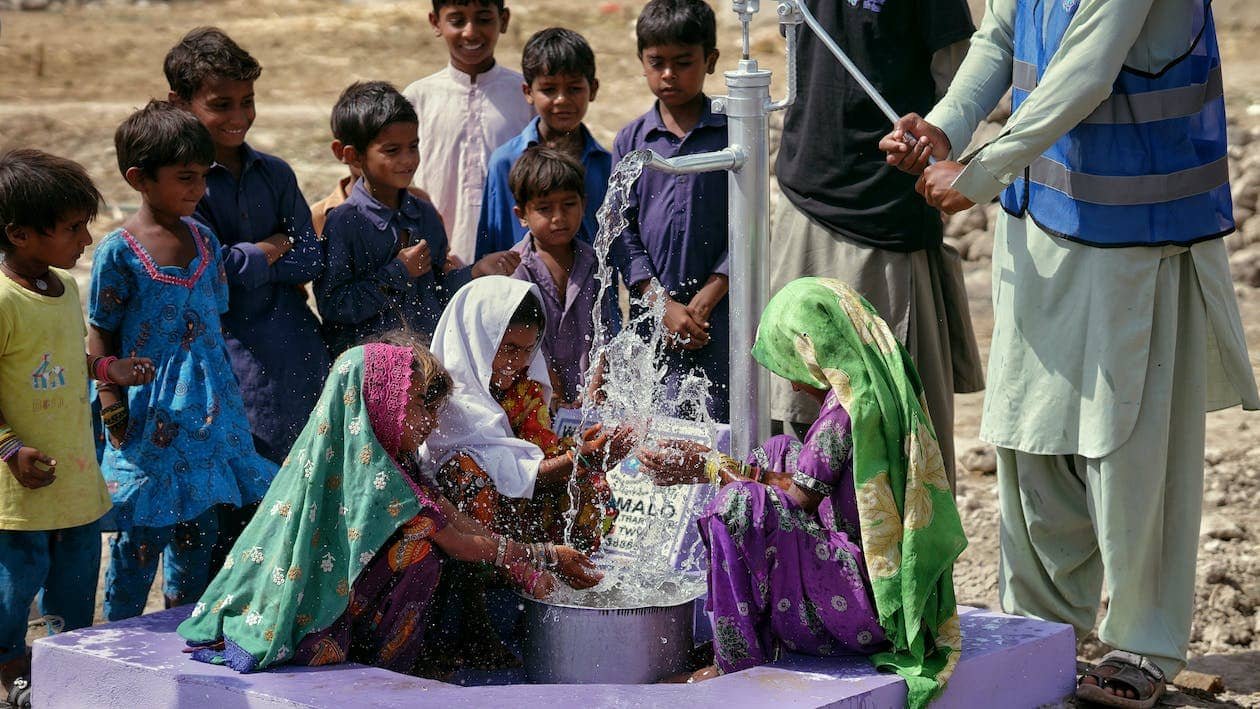According to a new report by the UN, the number of people lacking access to safe drinking water in cities around the world will double by 2050.
Nearly 1 billion people in cities around the world face water scarcity today and the number is likely to reach between 1.7 billion and 2.4 billion within the next three decades.
The report also highlights that the water crisis threatens to get out of control as urban water demand is predicted to increase 80% by 2050.
The report predicts that the world will face a 40% shortfall between forecast demand and the available supply of water by 2030.
The report also states that the water crisis is caused by a combination of factors such as climate change, population growth, urbanization, pollution, and poor water management.
To prevent the water crisis, the report suggests that the world needs to invest in water infrastructure, improve water management, and reduce water waste.
The report also suggests that the world needs to increase the use of recycled water, rainwater harvesting, and desalination.
The water crisis has several effects on the environment and human health. Water crisis can lead to water pollution, soil erosion, and biodiversity loss.
What is causing water crisis?
There are many reasons behind the global water crisis. Climate change is one of the main reasons behind the global water crisis.
The areas most vulnerable to the impacts of climate change, such as Somalia’s decade-plus of drought or increasingly severe monsoons in Bangladesh, are often water-stressed, to begin with.
Natural disasters, war and conflict, wastewater, water waste, lack of water data, lack of international cooperation on shared water sources, and lack of infrastructure are other reasons behind the global water crisis.
According to the Council on Foreign Relations, water stress or scarcity occurs when the demand for safe, usable water in a given area exceeds the supply.
On the demand side, the vast majority—roughly 70 percent—of the world’s freshwater is used for agriculture, while the rest is divided between industrial (19 percent) and domestic uses (11 percent), including for drinking.










